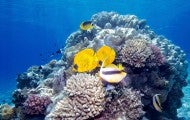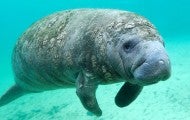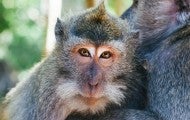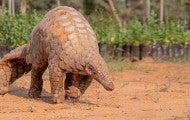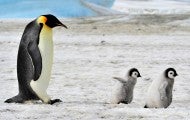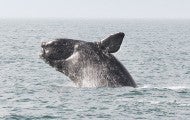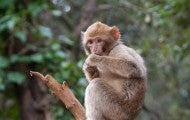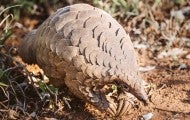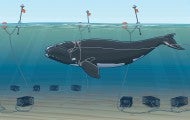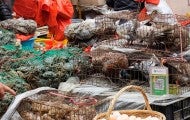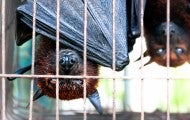Stuffed in a sports bag in Johannesburg, South Africa, the small pangolin was far from her natural environment. She’d been poached from her home and held without food or water for around 10 days, and now she was up for sale. In February 2020, wildlife traffickers brought her to an arranged meeting...
Flying back and forth over Cape Cod Bay, a survey plane spotted a half dozen of the world’s rarest creatures: North Atlantic right whales. Such sightings are good news. The species hovers near extinction—by one estimate, fewer than 360 remain. Each time researchers locate a whale, they take pictures...
It began, almost certainly, in a bat. Then, just as SARS jumped to civets from bats, the virus that causes COVID-19 passed to another mammal, possibly a pangolin. Finally, late last year, the new coronavirus most likely jumped to humans in a wildlife market in Wuhan, China, a densely populated city...
On a longline fishing boat off the Galapagos Islands, a concerned biologist working undercover as a cook films a horrifying scene. As the camera rolls, a blue shark is dragged upside down out of the water, a sharp hook piercing it through the roof of the mouth and out through the side of the face...
In March, as people struggled to understand how the precursor of the virus that causes COVID-19 emerged from horseshoe bats in southern China and reached humans in the central city of Wuhan, Humane Society International policy specialist Peter Li fielded one question again and again: “Why do Chinese...
